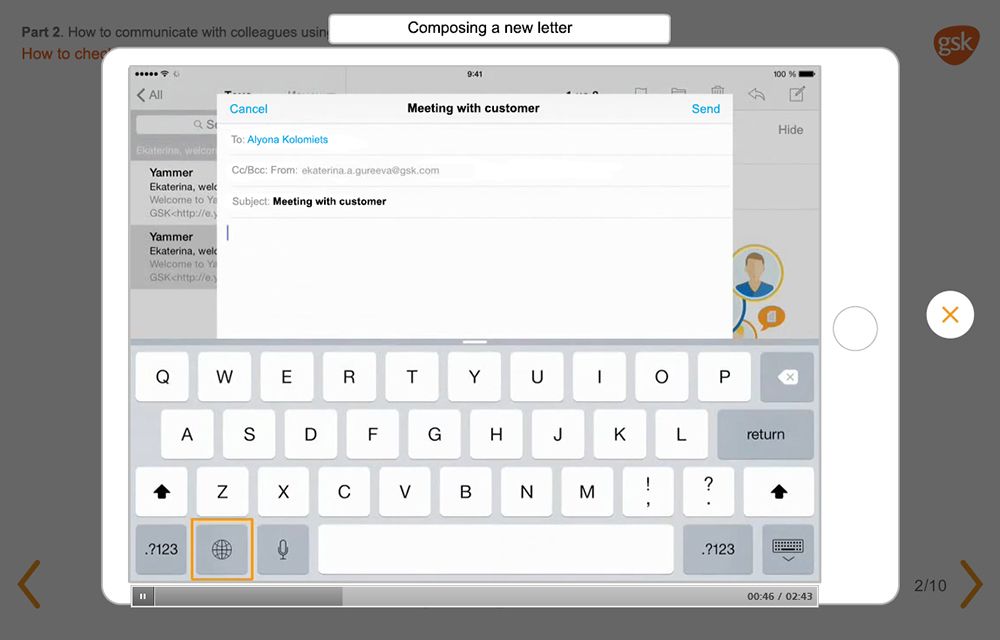Instructional Design eLearning Services
Creative Strategies to Engage Learners
We are convinced that creativity is the key to success! The unique idea, carefully thought-out training strategy and the most relevant information leave no chance of getting bored or forgetting what the course is designed for. Any pedagogical solution, from simple to the most complicated one, can be implemented by means of Instructional Design eLearning Services and we know how to benefit from it.
1. Story-based Learning With Linear Structure
The material of the elearning course is formed into some kind of story, the plot of which contains the exposition, rising action, climax and falling action. The information is given sequentially; the story helps to learn new material better and consolidate existing knowledge. Storytelling allows you to hold the users’ attention all the way, providing a high level of memorization.


2. Story-based Learning With Non-Linear (Branched) Structure
The story, which lies at the core of the course, develops according to user’s actions (may include their answers to interactive tasks). Storyboard is a part of instructional design elearning services and consists of different ways (“branches”), including dead-end, when user must go back to “road fork” and make another choice in order to complete the course successfully. The learning context is created with a help of this strategy; it also stimulates users to make their own decisions, offering various options of situation development and providing visual feedback.

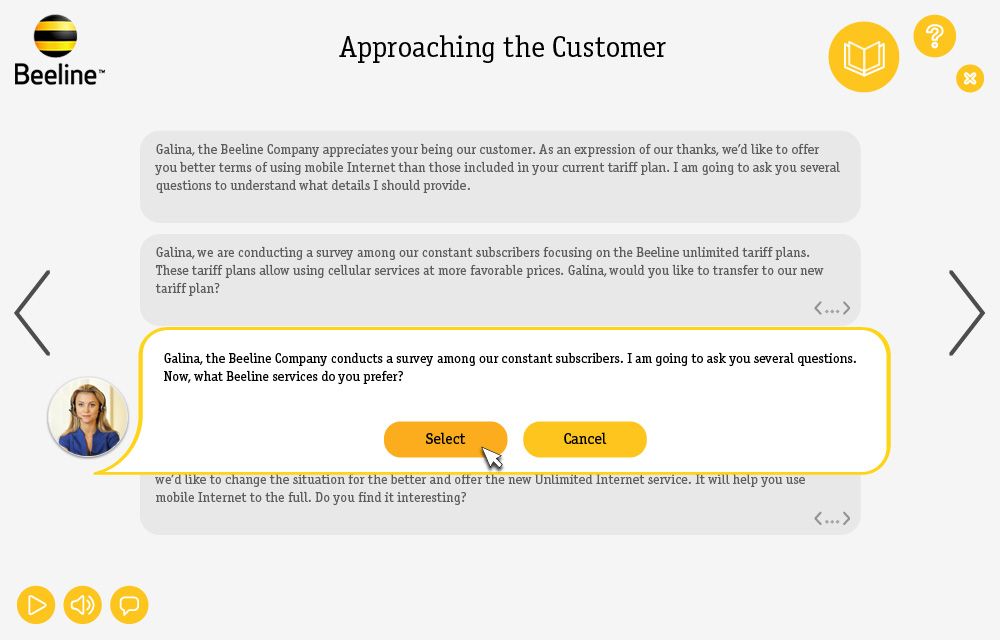
3. Case-Based Learning
The “Case study” is a part of instructional design elearning services which offers some real-life situations to analyse and demonstrates the best methods of solving existing learning problems. It helps to create verisimilar learning context, allowing to draw the line between abstract knowledge and its practical application. Such strategy increases user’s confidence while facing similar situations in real life. It also promotes better decision-making.
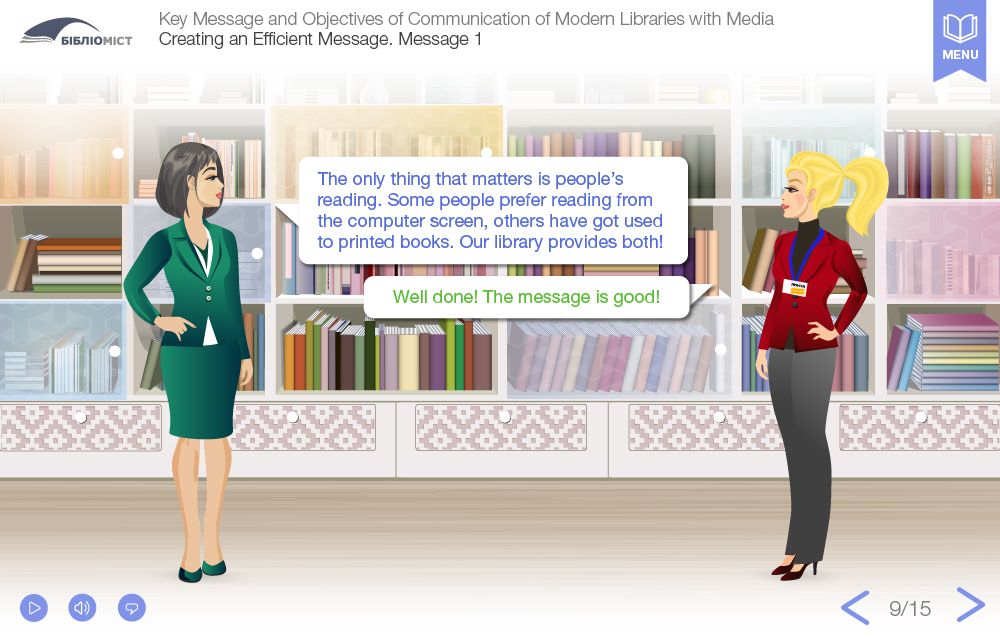
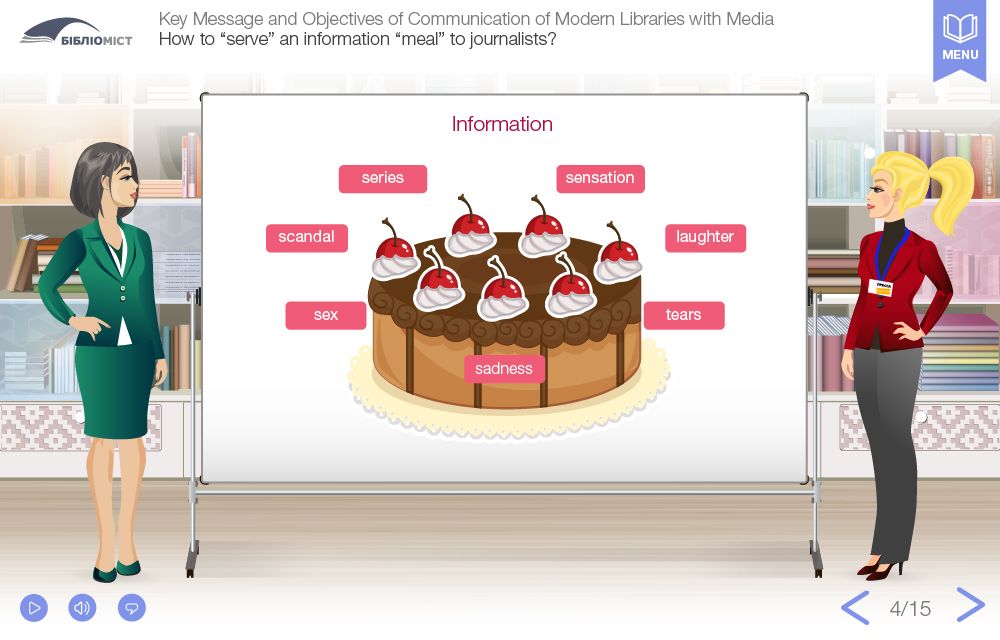
4. Problem-Based Learning
This type of learning includes problem solving and critical thinking in a certain context. It helps to prepare employees for active and responsible tasks. They gain experience in solving real-life problems, offer their own ideas and develop reasoning skills.


5. Learning Through Discussion
This strategy can be described as follows: the learning material is presented in the form of discussion between the characters of the elearning course. The characters in turn are divided into two categories: 1) experts (users perceive them as reliable partners, those who can be trusted); 2) employees with the same work experience (persons, with whom users can associate themselves). The characters discuss studied problems during the whole learning process. It helps to face a variety of issues, introduce new concepts, consider different points of view and draw conclusions.

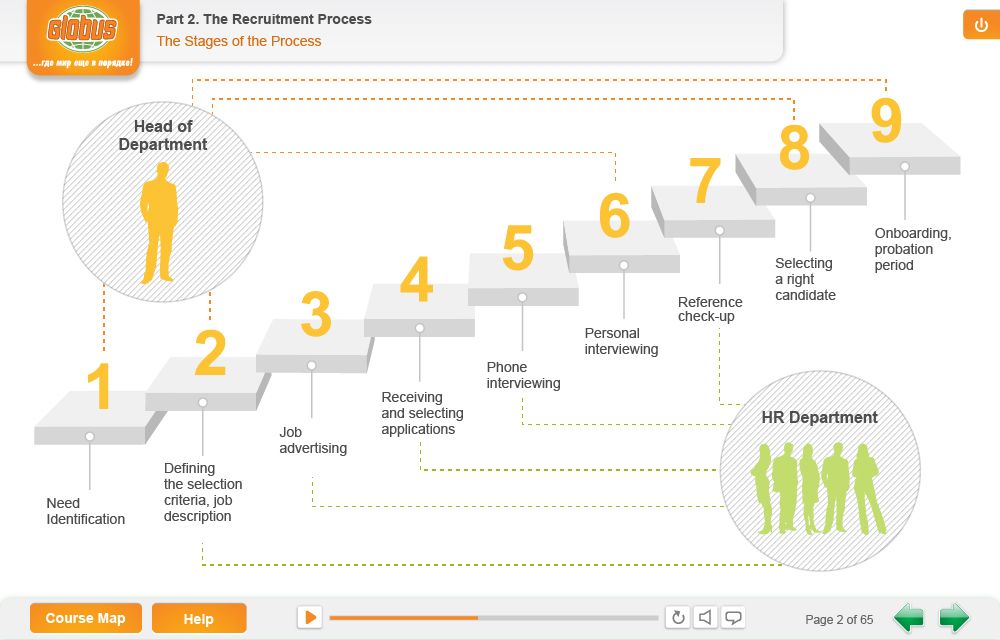
6. Gamification
The strategy is characterized by the use of gaming techniques in non-gaming environment. This allows you to immerse users into some imaginary space, in order to explore their potential and build new skills. You can motivate them to get better results by providing visual feedback, retries and awards. Gamification can be used to construct the entire logic of the e learning course (for example, e-course in the quest form) and to create separate e-course parts (for example, self-control questions in quiz form).


7. Simulation Based Learning
This strategy allows you to create a safe space for users, where they can perform their duties and develop new skills. Simulations are used successfully in software training courses – users are given an opportunity to make necessary steps in a virtual software environment and check their skills without the risk of serious consequences in case of mistake. Interactive dialog simulators, that encourage users to take part in conversation and choose appropriate phrases and reactions, used for practicing interpersonal skills.

